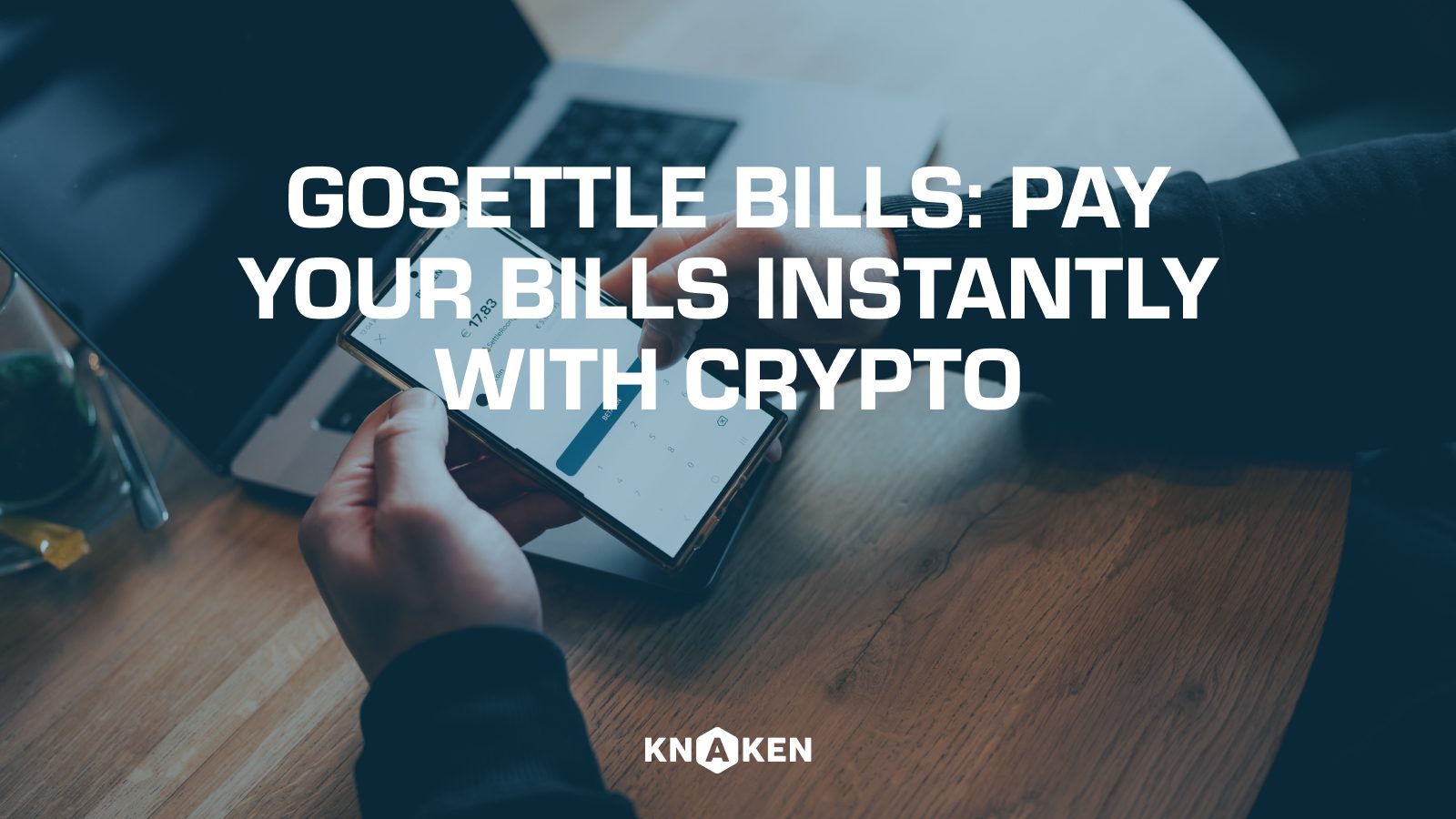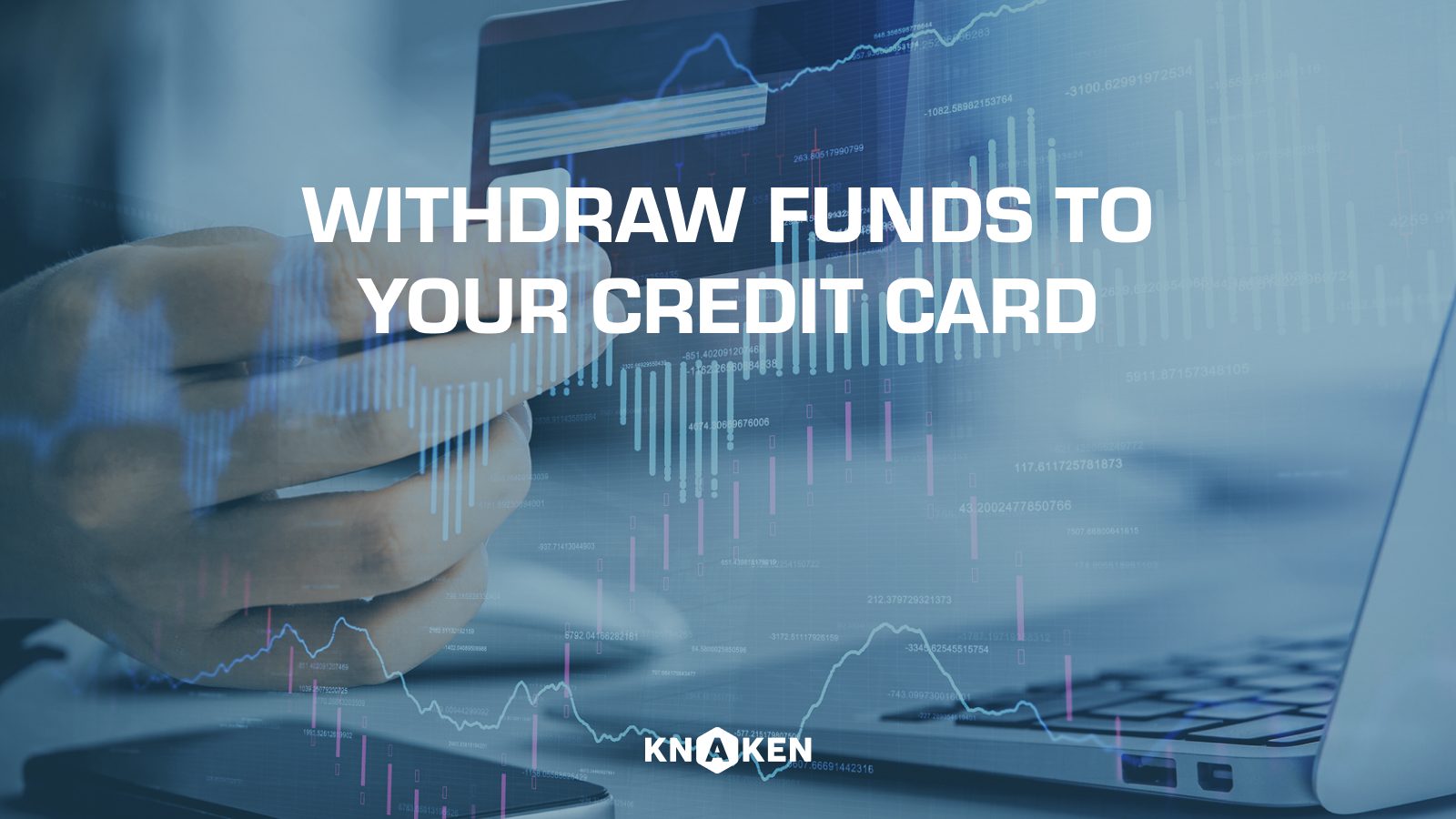Sharding in Cryptocurrency and Blockchain Technology
Introduction to Sharding
Sharding is a critical concept within cryptocurrency and blockchain technology aimed at improving scalability, efficiency, and transaction throughput. It is a partitioning method that divides a large database or network into smaller, more manageable pieces called “shards.” Each shard can process its transactions independently, allowing for parallel processing and enhancing the overall performance of the blockchain.
The Importance of Sharding in Blockchain
As blockchain networks have grown in popularity and usage, issues related to scalability have become prevalent. **Sharding** addresses these challenges by enabling the following:
- Increased Transaction Speed: By processing transactions across multiple shards, networks can significantly reduce the time taken to confirm transactions.
- Improved Scalability: Sharding allows blockchains to handle more transactions as additional shards can be added as demand increases.
- Enhanced Resource Utilization: Shards operate independently, which means that network resources are utilized more effectively, reducing bottlenecks.
How Sharding Works
Sharding divides the complete state of the blockchain into smaller parts. Here’s how the process typically works:
- Sharding Process: The blockchain network is divided into multiple shards, each containing its data and state information.
- Partitioning: Transactions are processed in parallel within each shard, reducing the load on any single node.
- Cross-Shard Communication: Mechanisms are established to allow shards to communicate with each other, ensuring data consistency.
- Node Assignment: Nodes can be assigned to specific shards or can operate on multiple shards depending on their capabilities.
Types of Sharding
There are different types of sharding approaches that can be implemented in blockchain systems:
- State Sharding: Each shard holds a separate state of the blockchain, allowing transactions to be executed independently.
- Transaction Sharding: This method divides the transaction processing across different shards, although they may share a common state.
- Network Sharding: This involves dividing the network nodes into different groups (shards), where each group processes its transactions.
Benefits of Sharding
Implementing sharding in a blockchain network offers several benefits, such as:
- Scalable Solutions: Sharding enables blockchains to scale horizontally, accommodating a growing number of users.
- Cost-Effective: By maximizing the use of resources, sharding can lead to reduced operational costs for nodes and network participants.
- Lower Latency: With quicker transaction confirmations, users experience lower latencies in blockchain interactions.
- Enhanced Node Participation: Sharding allows more participants to engage in smaller, specialized shards, making it easier for new nodes to join the network.
Challenges and Drawbacks of Sharding
Despite its advantages, sharding faces various challenges that must be addressed for its successful implementation:
- Complexity: Implementing effective sharding mechanisms can increase the complexity of the blockchain architecture.
- Security Risks: Shards operating independently may present security vulnerabilities, making them targets for attacks.
- Data Consistency: Ensuring data consistency across multiple shards can be complicated and may introduce challenges in cross-shard transactions.
Sharding in Notable Blockchain Projects
Several prominent blockchain projects and cryptocurrencies have implemented or are considering sharding:
- Ethereum 2.0: The transition to Ethereum 2.0 plans to implement sharding to enhance scalability and transaction throughput.
- Zilliqa: Zilliqa utilizes sharding technology to improve transaction speed and efficiency within its network.
- Near Protocol: This blockchain employs sharding to manage scalability by allowing parallel transaction processing.
Conclusion
Sharding is a transformative concept within the realm of cryptocurrencies and blockchain architecture. By enabling parallel transaction processing through the division of the blockchain into smaller, manageable shards, sharding not only helps tackle scalability issues but also enhances the performance of blockchain networks. Despite the challenges associated with its implementation, sharding continues to offer promising solutions for the future of decentralized technology.
As the blockchain ecosystem evolves, understanding and adopting sharding will be crucial for the next generation of scalable and efficient blockchain networks.


















